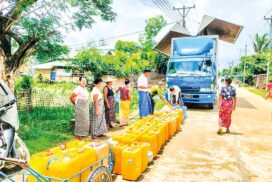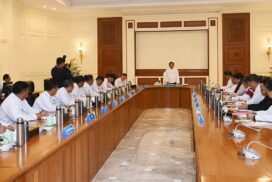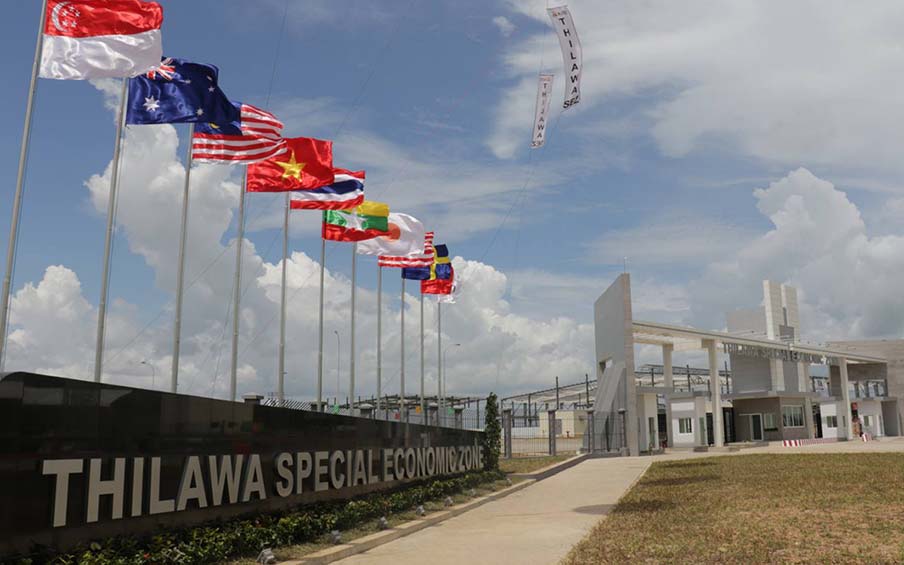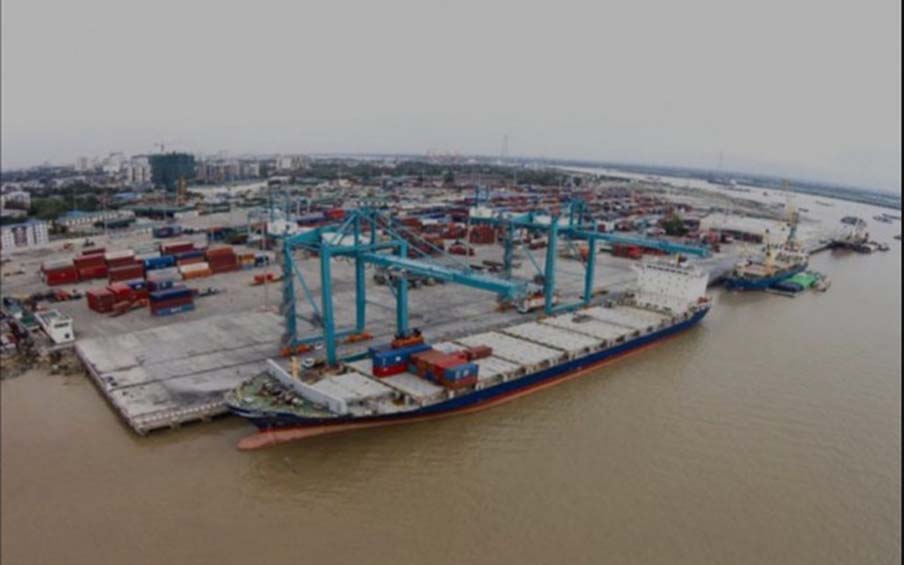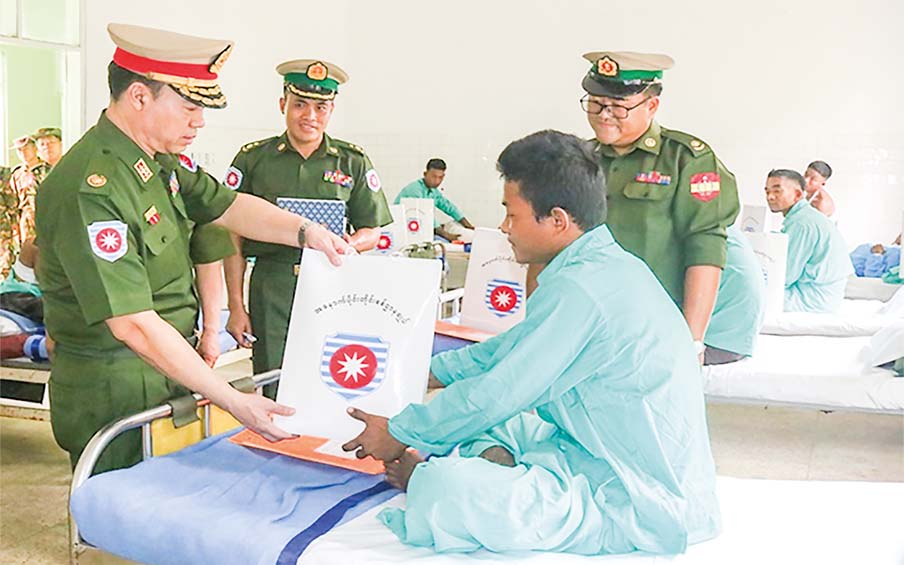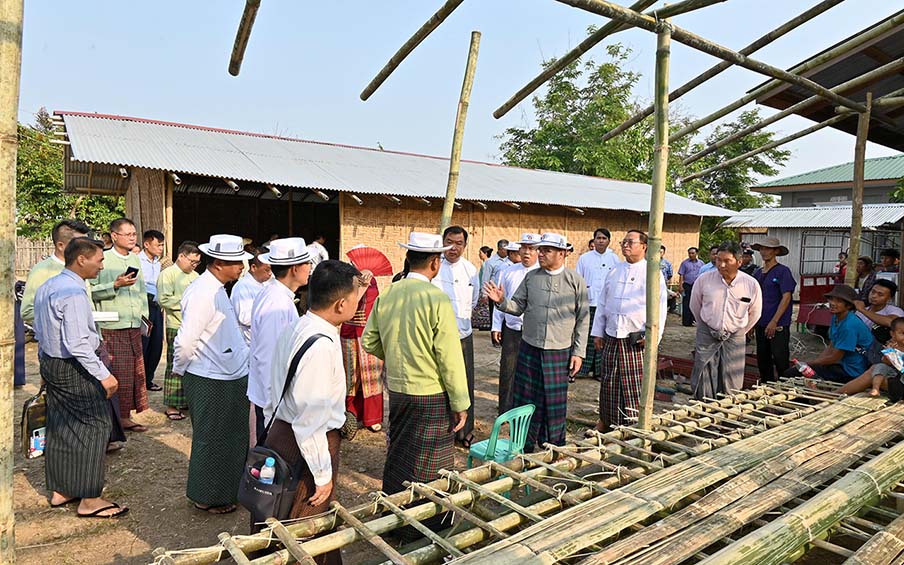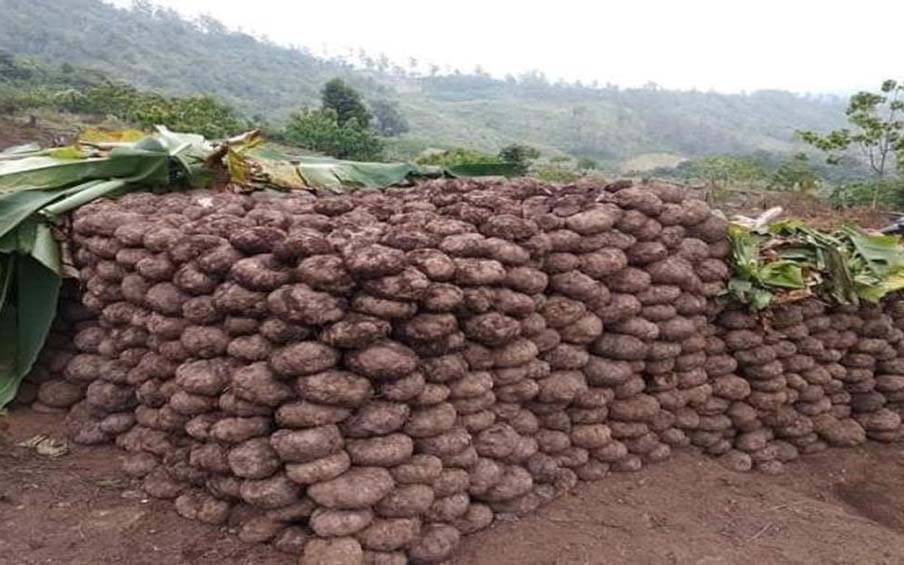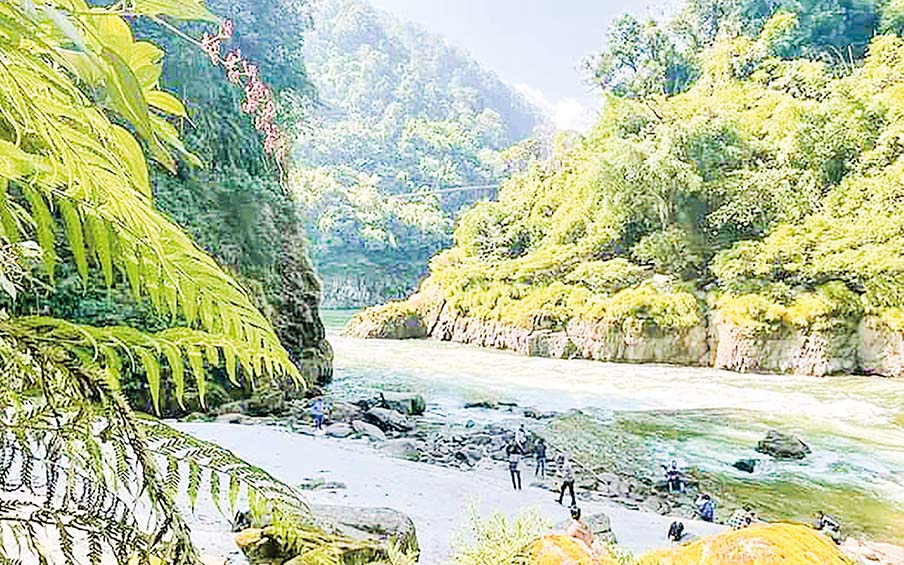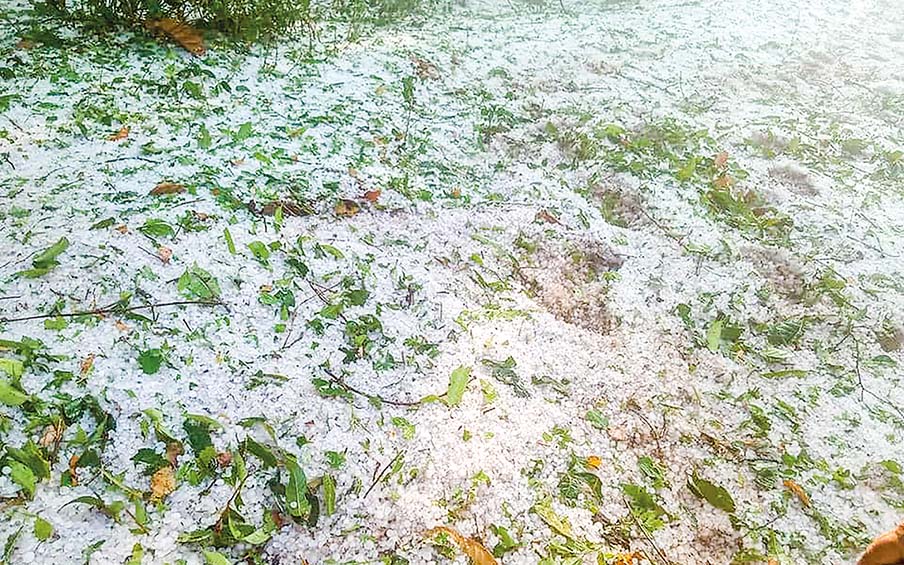The drinking water crisis, which hit only the dry zone of our country in the past, has also spread to other areas in hills and plain nationwide due to the climate change.
Now, over 77 per cent of our country’s population has got access to safe drinking water. But, due to climate change-induced weather events such as less rainfall and rising temperature year by year has threatened the people, especially in the rural areas, with drought this summer.
Scarcity of clean water in villages across the country has become common in the summer season, with lakes that once supplied drinking water running dry.
The situation has alerted us to make short-term and long-term plans for supplying water to possible areas which can face the crisis and for transforming the river water pumping system from diesel-power to solar-power system.
Rural Areas Development Department carried out a survey last year about the water crisis in rural areas with the use of the Water Supply –Management Information System RWS-MIS and prepared for supplying water to 394 villages. The preparedness could benefit 347 villages on the ground.
Again, the department has predicted that about 300 villages are likely to face a water crisis this summer and has carried out preparedness to tackle the issue this summer with the use of information technology to ensure a quick supply of water to the villagers.
Over 1,980 rural area water supply projects in this financial year would benefit about 1.4 million people from 1,932 villages.
In the dry zone, water is becoming more scarce every year with frequent droughts. The dry zone comprises 58 townships in Mandalay, Magwe, and Sagaing and is home to 10 million people, who mostly rely on rain-fed agriculture and oil crops.
We should keep in mind that Myanmar is the world’s second most vulnerable country to climate change, according to the Global Climate Risk Index prepared by research group Germanwatch. Studies have shown that the onset of monsoon is becoming more variable, increasing the risk of drought.
The worst has not yet come. We are confident that with all hands not only from the Rural Areas Development Department but also from related departments and non-governmental organizations being on deck, we can tackle this issue.

